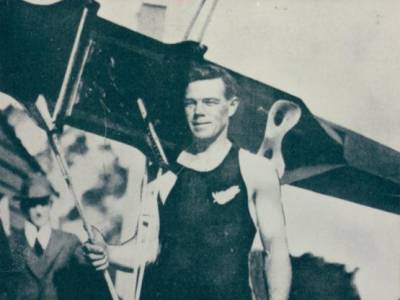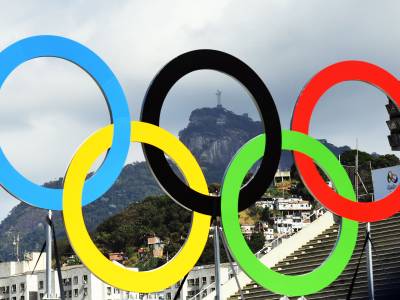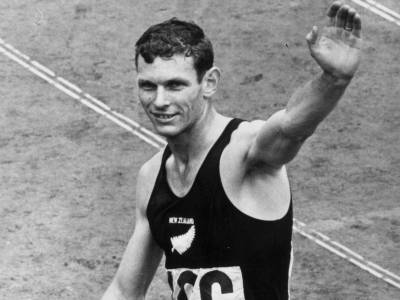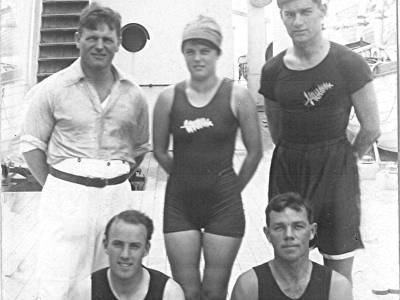Among the many great rowers produced by New
Zealand, few had a prouder record than single sculler Darcy Hadfield, who won
an Olympic bronze medal at Antwerp in 1920 and became the world professional
champion.
Rowing was always a vital part of Hadfield's life, right back to the days when
he was growing up at Awaroa Inlet, near Nelson. It was a remote farming hamlet
with no road access and to get anywhere, people travelled by boat.
As a schoolboy Hadfield would often help to row a 14ft clinker dinghy across 35
miles of Tasman Bay for a day out in Nelson. That exercise stood him in good
stead when he faced the world's best oarsmen years later.
Hadfield spent several years at Awaroa Inlet, and another five surveying bush
around Nelson, before moving to Auckland in 1911, when he was 21.
That's when his rowing career really blossomed. He joined the Waitemata Rowing
Club and in his third season of competitive rowing won the national single
sculls title. He was to win the championship for three straight years from
1913-1915, before heading overseas with the First Auckland Infantry Battalion.
He was wounded in the head by shrapnel during trench warfare in France and
there followed two long spells in hospital. By the time he was released, the
war was over and he joined the New Zealand Expeditionary Force Rowing Club that
was entertaining the demobilising troops with regattas.
Competing against anyone who would challenge him, he was unbeaten in single
sculls in 1919.
At Henley that year, 19 men entered the single sculls and the heats were spread
over four days. Hadfield, encouraged by a group of wildly cheering New Zealand
troops, swept through to the final. He raced the final, against old Etonian T
Nussey, in a shell presented to him by the New Zealand soldiers. Hadfield
outclassed Nussey and won going away to take the Kingswood Cup.
Hadfield also competed in the Inter-Allied Games, held on the Seine in Paris.
Marshal Philippe Petain, France's national hero, had made two gold stopwatches,
worth 60 guineas each, to be presented to the outstanding competitors at the
meeting. Both watches went to New Zealanders. Miler Dan Mason took one and
Hadfield, winner of the single sculls, the other.
That watch was one of Hadfield's most prized possessions and even 40 years
later, living in retirement in Nelson, he would show it proudly to visitors.
Two years after his 1920 Olympic triumph, Hadfield switched to professional
rowing and challenged Dick Arnst for the world title. They met on the Wanganui
River on January 5, 1922, and in front of 12,000 spectators, Hadfield won by 10
lengths, earning 200 pounds in a side match.
However his reign was short, for three months
later Australian Jim Paddon lifted the crown and then held off a determined
Hadfield in the return match.
That was the end of Hadfield's top-class rowing career, though he remained
active until his death in 1964 as a coach, administrator, boat repairer and
veteran oarsman.
Tweet Share

Darcy's Games History
-
Olympic Summer Games Antwerp 1920
- 3








